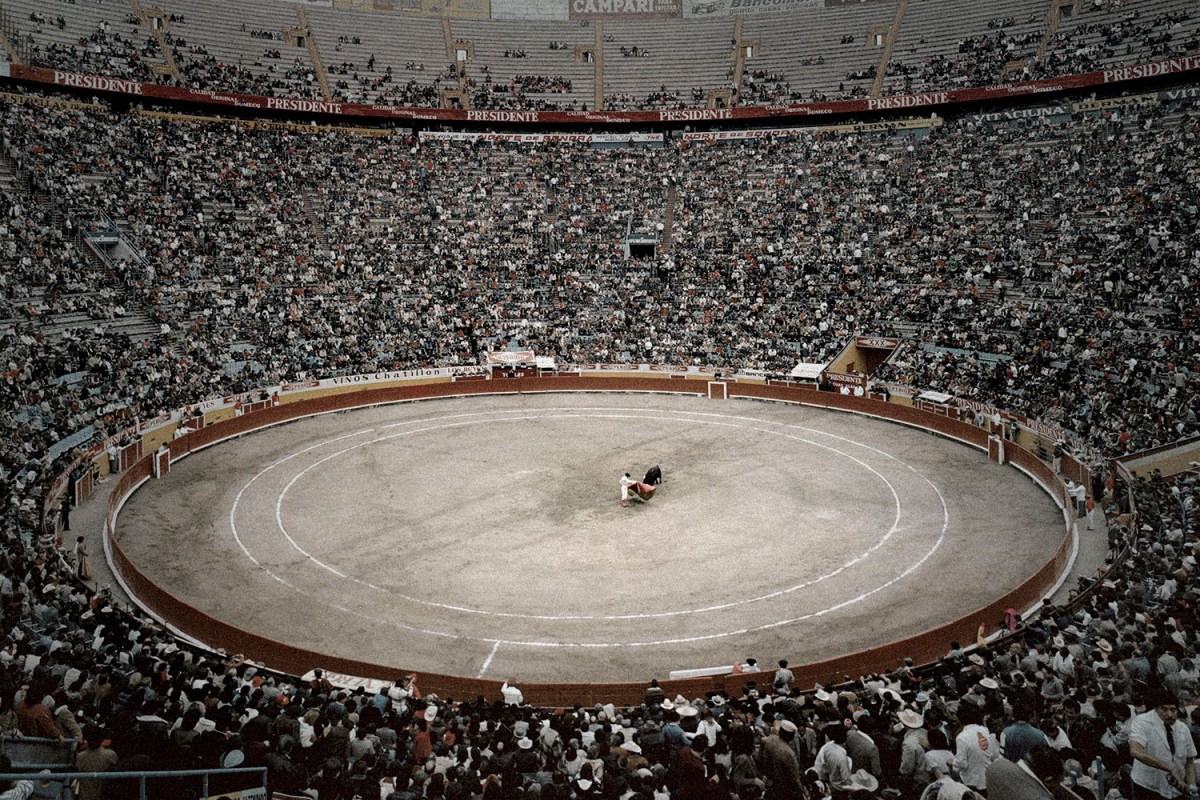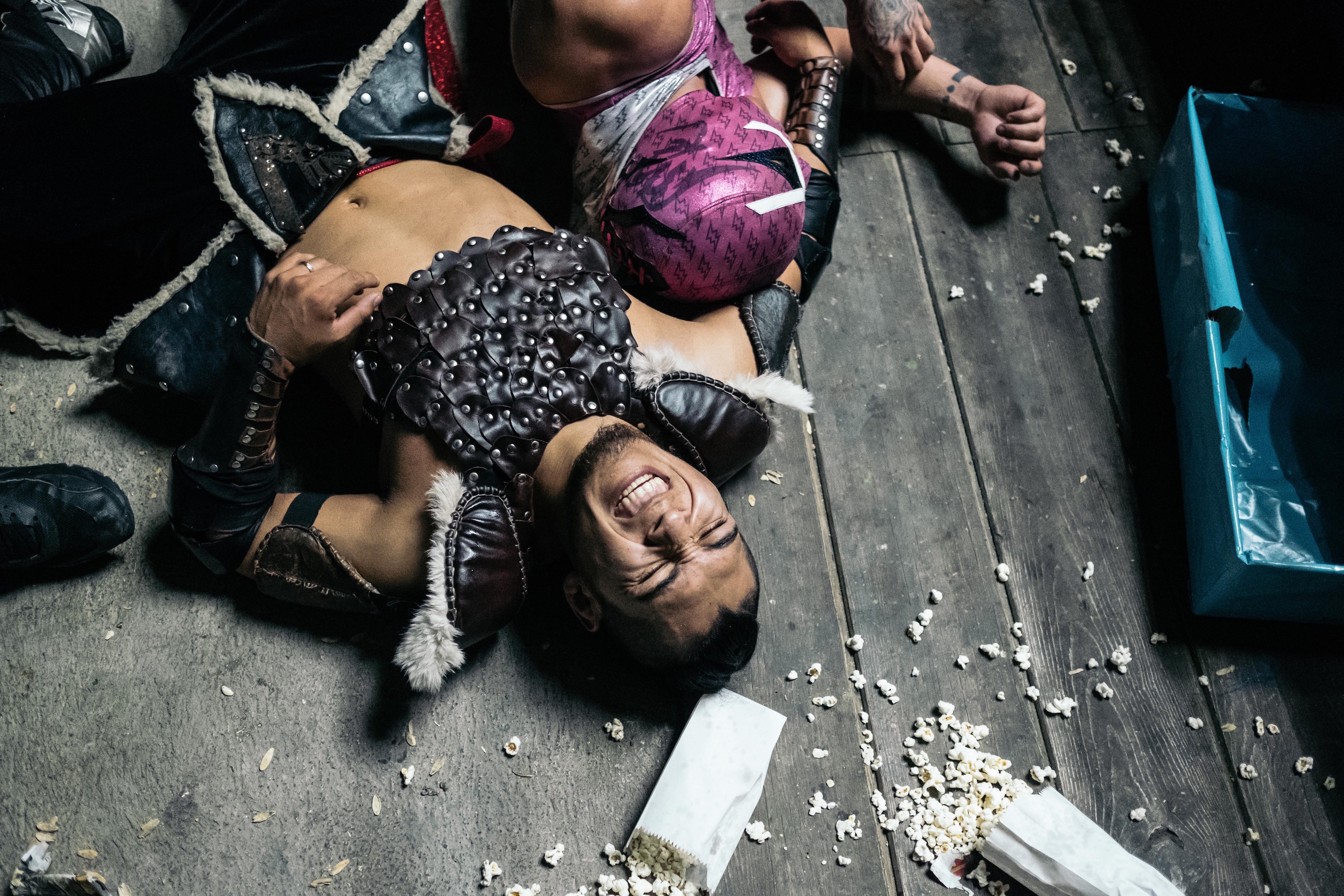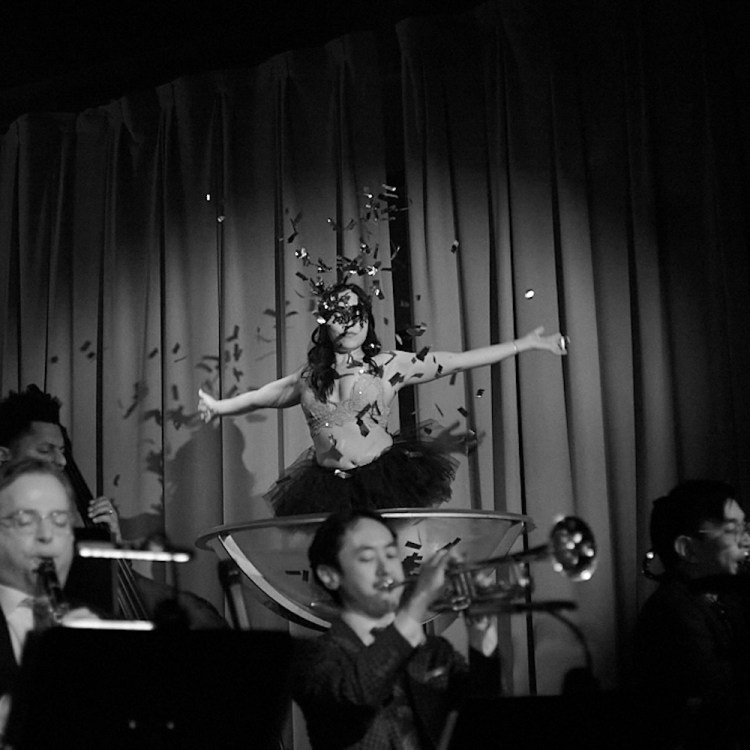It happens every year or two: another news story about the impending demise of bullfighting, a cultural institution at once beloved and vilified in Spain.
This time, it’s the pandemic that “could deal a fatal blow” to bullfighting, according to a recent Reuters story. Bullfighting season should be well under way by now, with aficionados crowding into bullrings across the country. Yet like the rest of Spain, the plazas de toros have been shuttered by the coronavirus crisis that has canceled festival after festival where bullfighting is a mainstay, from Las Fallas in Valencia to San Isidro in Madrid to San Fermín in Pamplona, which includes the most famous version of the running of the bulls.
The pandemic could mean a year without bullfights, a prospect as inviting to opponents as it is distressing to fans. Though Spain has begun a cautious phased lifting of Europe’s most stringent lockdown, there’s been no provision so far for allowing public gatherings on the scale of bullfights, which usually start in March as part of Las Fallas de Valencia and run into October. Nixing the entire season could cost upward of 77 million euros ($83 million), Reuters estimated. Already, some breeders are selling fighting bulls to slaughterhouses for a fraction of the cost of raising the animals until they’re ready for the bullring, usually between four and five years.
“The worst-case scenario for us would be not to have bullfights in the whole year. That would be dramatic,” Victorino Martín, a bull breeder, commentator and president of the industry advocacy group Fundación Toro de Lidia (Fighting Bull Foundation), told Reuters.
Dramatic indeed, but probably not fatal. If COVID-19 is the latest threat to Spain’s controversial cultural spectacle, it certainly hasn’t been the only one. In fact, like the matadors themselves, bullfighting has been sidestepping predictions of its imminent doom at least since King Carlos III tried to ban las corridas, in 1771. Nearly 250 years later, bullfighting has resumed every spring, having weathered decades of political storms, economic upheaval and vocal opposition from animal-rights activists.
“Bullfighting has survived the Napoleonic Wars, it’s survived however many civil wars Spain has had in the 19th and 20th centuries. I don’t think this is going to be what kills it,” says Sasha D. Pack, associate professor of history at the University of Buffalo, who has studied the relationship between tourism and bullfighting in Spain. “There are too many people who love it, and too many people who are engaged in it, that it’s just going to disappear because the current business model falls into debt.”
Corridas in their present form date to the mid-18th century, Pack says, though there’s been some version of bullfighting in Spain for at least 1,000 years. The latter-day incarnation is a display of pageantry and ritual as the matador and his assistants — picadores on horseback wielding lances and banderilleros, who harry the bull on foot with barbed sticks — wear out and wound the animal sufficiently for the matador to kill the bull, ideally with a well-aimed sword strike between the shoulder blades. Though the contest usually ends poorly for the bull, corridas often feature displays of athleticism and daring from the toreros.
That’s a primary draw for fans, or aficionados, who regard bullfights as a kind of balletic performance, rather than a sport. “Bullfighting is the only art in which the artist is in danger of death and in which the degree of brilliance in the performance is left to the fighter’s honor,” Ernest Hemingway wrote in Death in the Afternoon, his 1932 book on the subject.
That perspective has fed into a romantic notion of the country as a sun-baked land of olive groves, siestas and dark-eyed beauties in flamenco dresses, an outdated image bearing little resemblance to modern Spain. Bullfighting, too, is an antiquated concept, say opponents of the institution, who see it as a cruel bloodsport that should have long since been abolished. They embrace the idea that the coronavirus crisis could do irreversible damage to the industry.
“It has been good news, one of the few good news brought by this pandemic,” Aida Gascon, the chief executive of the animal rights group AnimaNaturalis, told Reuters. “Not only because of all the bulls that are not going to be tortured to death — although we know they are going to die anyway as they will be sent to the slaughterhouse. Nobody is going to benefit from that torture show.”
The longterm effects of the pandemic on bullfighting will depend in large part on the health of the industry before the virus, which is a matter of debate. Opponents — and more than a few news stories — have cited an opinion poll released in 2016 indicating that only 19 percent of Spaniards between the ages of 16 and 65 support bullfighting, though it’s worth noting that the animal-welfare group World Animal Protection paid for the survey.
It is undeniable, however, that the number of bullfights in Spain has declined over the past 20 years as public subsidies have decreased, hastened by the 2008 economic crisis. The drop-off looks like a natural market correction to José Luis Ramón, director of the Madrid bullfighting magazine 6Toro6. “It’s a more or less a stabilization,” Ramón says. “This was something that was absolutely inflated and now we’re at the normal number that the sector supports.”
Unless the Spanish government bans bullfighting outright — an unlikely proposition, given the precarious coalition the political left has cobbled together to govern the country — Ramón sees no reason why bullfights won’t resume when the pandemic ends and large public performances are once more permitted. That’s not to say there won’t be aftershocks.
“Will it affect the rancher who has gone bankrupt? Will it affect the bullfighter who has stopped earning money? Yes, it will personally affect the individuals who are going to spend a blank year,” Ramón says. “But the show itself, when the bulls come back, I am convinced that it will be exactly the same, that people will return again.”
This article was featured in the InsideHook newsletter. Sign up now.























